Tourists, take note: As drones multiply in Japan, so do rules governing where they can be flown
Make a trip to any major electronics store today and you’re bound to find a section selling drones. Once little more than toys for enthusiasts, today’s commercially available drones come in all shapes and sizes and are used for all sorts of purposes, with prices ranging from thousands to hundreds of thousands of yen.
But the proliferation of drone technology has brought with it questions about security, and invasions of privacy. The central government and many localities around Japan have put into place a number of ordinances in recent years limiting and forbidding drones near certain locations. Last year the National Police Agency said there had been 68 cases of illegal drone flights, almost double the previous year’s 36.
While a few years ago it was possible to fly a drone in a broad range of areas, which is no longer the case. Those who want to fly drones to get one-of-a-kind photos or video footage of a tourist site need to know the rules.
There are many kinds of unmanned vehicles, but what defines a “drone” in Japan?
A drone is defined by the Land, Infrastructure, Transport and Tourism Industry, the agency in charge of drone regulations, as an airplane, rotorcraft, glider or airship weighing over 200 grams that cannot accommodate any person on board and can be remotely or automatically piloted.
What are the restrictions on flying drones?
There are three classifications of prohibited airspace for flying drones:
*The first is any airspace more than 150 meters above ground level.
* The second is the airspace around airports, including the airspace used for approach and above runways.
* The third covers areas around the country that have been officially designated by the Internal Affairs and Communications Ministry as Densely Inhabited Districts (DIDs).
A DID is defined by the government as an area with a population density of 4,000 people per 1 square kilometer, according to Eikei Toyokawa, chief operating officer of Osaka-based Drone Nest — a school that offers courses in safe drone piloting.
One does not need to be licensed by the government to operate a drone that can be bought at an electronics store. Drones are only allowed to be flown during the day.
How would one know if a specific area has restrictions or prohibitions on drone use?
The government has published maps of DIDs throughout the country, as well as the airspace around airports where drone flying is not allowed without special permission. In addition, various local governments have passed ordinances over the years restricting drone flying.
What are some restricted or prohibited areas for drone flying around Japan?
In Tokyo, drones may not be flown without permission over or near the Diet building, central government ministries, the Supreme Court, the Imperial Household Agency or the National Police Agency. In Tokyo, as of last year, there were also 81 locations, including city parks and gardens, where flying drones was prohibited.
In addition, drones are not allowed to fly above nuclear power plants in Hokkaido, Aomori, Miyagi, Fukushima, Ibaraki, Niigata, Shizuoka, Ishikawa, Fukui, Shimane, Ehime, Saga or Kagoshima prefectures.
In February, the NPA, the transport ministry, the Defense Ministry and the Foreign Ministry jointly issued a warning urging people to refrain from flying drones above U.S. military facilities in the country, although they are not explicitly mentioned in the law as restricted areas.
What kind of local ordinances are there on drones outside of Tokyo?
In the city of Osaka there were, as of 2017, 981 places — including all city parks — where flying drones is prohibited, according to Drone Nest. Those who wish to take photos or videos of outdoor events in Osaka must first apply for permission.
In Sapporo, flying drones is prohibited at nine city parks. In Aichi Prefecture, 12 public parks currently prohibit drones, although there is talk of revising the rules to allow people to apply for permission.
At Himeji Castle in Hyogo Prefecture, those who fly drones on the castle grounds will be asked to cease by the staff, but it’s not quite illegal to fly them.
The Kyoto Municipal Government says drones are prohibited almost everywhere in the city and violators will be fined.
So where is it relatively easy to fly drones?
Areas of Japan that are not densely populated tend to have loose ordinances, or none at all. These include all of Shikoku, much of western Honshu and parts of Kyushu, as well as northern Tohoku.
Are restrictions, especially local ordinances, on flying drones expected to become tougher?
Between international events like next year’s Group of 20 summit in Osaka and the 2020 Tokyo Olympics and Paralympics, along with worries about people — especially tourists — flying drones in order to take photos, the legal environment is likely to get tougher in the coming years.
Toyokawa believes the next few years will likely see more local governments in particular debating drone ordinances. This means whoever wishes to fly a drone, be they a local enthusiast or a foreign tourist, needs to confirm where in Japan they can, and cannot, do so.
Are you on Pinterest? Pin It?!
So before packing for your newly purchased drones, kindly read this article first to avoid any inconveniences, and possible fines.
Have you tried flying drones in Japan?











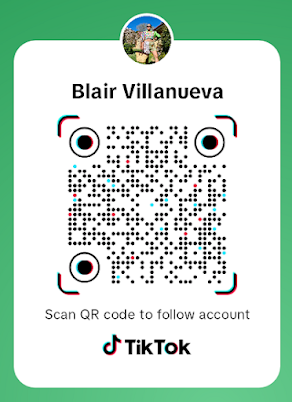














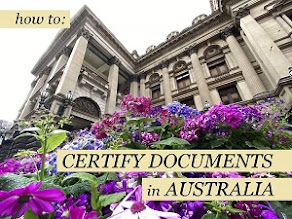
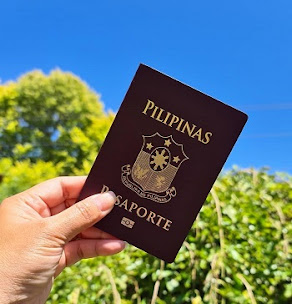

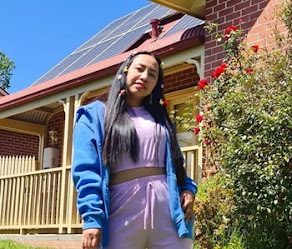

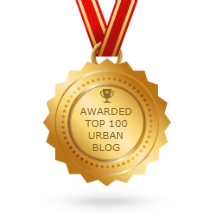
Good information for the drone flyers out there. I didn't think about the fact that different municipalities have different ordinances. But it makes a lot of sense.
ReplyDeleteNobody wants to climb up the tall trees or drone crashed to centuries old temples.
DeleteIt's good to know that there are place where one can and cannot fly drones in Japan. In India, where I live, drones are banned altogether. No idea when the government will make rules or when they will be finally allowed here.
ReplyDeleteIt is understandable that many areas (especially in areas with many relics and old buildings) doesn't allowed flying our drones. Imagine the inconveniences and damages it may incur if we accidentally crashed our drones to these important structures.
DeleteWe can afford to buy and replace our lost drones, but we can't afford to replace a damaged century-old architectures.
Great post, with drones being more and more poput we need more useful info like this. I shall pass onto my bf. He has a drone....but I'm not allowed to fly it hehe
ReplyDeleteYeah it is better to be mindful with our devices. It is cool to have a drone and to capture the beauty from above, but we need to comply to rules as well.
DeleteGreat post. With drones being more and more popular, we need more posts like this thank you
ReplyDeleteI am about to get my first drone, unfortunately, there are more and more rules on how you should fly them. By the looks of things, I would be mostly limited to national parks.
ReplyDeleteGood to see how it is in Japan though...
Yeah, you can also get a free-fly zone guide in Japan's airport. But yeah, it becomes limited.
DeleteRules of the game are fast changing across the world and it's quite heartening to know that Japan had quite a few ordinances related to drones.
ReplyDeleteI agree. But it does makes sense - they want to preserve everything. We just there to follow.
DeleteI believe they have similar rules regarding drones in many cities. You can really get in trouble sometimes if the local authorities catch you, and these tips can be really helpful in those cases.
ReplyDeleteI agree. It's better to be informed and to about any hassle and trouble.
DeleteI've always wanted to own a drone but most places I go to, drones are banned unfortunately!
ReplyDeleteI agree. But I think before visiting, you check first the places that allows it.
DeleteVery informative post. I'm hoping to get a drone soon and go to Japan as well, this is going to be very useful in my future travels!
ReplyDelete